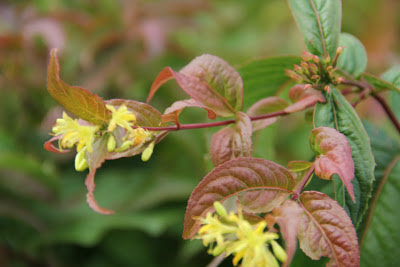Darwin
Heroes
I was
listening to the Heroes Symphony by
Phillip Glass and thinking of the men I admire, one of those is the reluctant
genius Charles Darwin. Back in 1980 I began watching a seven part program aired
on PBS called The Voyage of Charles
Darwin. My life was very busy at the time I was not able to watch all seven
episodes. I found the entire program on
YouTube recently I watched the series over three days, check it out!
I have
occasionally thought of the voyage of HMS Beagle and wondered if the same sites
visited by Darwin still exist today? How many remain untouched allowing us the
ability to conjecture on the same spectacles of life Darwin pondered? Even the
remote Galapagos Islands, flora and fauna, are under pressure by the hands of
men.
Obviously
I lack the money to produce another full voyage but what an adventure! I wonder
how many individuals would see evidences and am able to conclude as Darwin did,
not be dogmatic as Commander FitzRoy? If we could see the physical and natural
world Darwin saw through the course of the Beagle!
 |
| The Beagle by Owen Stanley 1841 |
I
understand why Darwin waited to publish until he received the pressure produced
by Alfred Russel Wallace’s letter (another hero, often overlooked by many) on
natural selection. What controversy one can stir through a discussion on the
origin of species to this day! Today we have a firm understanding of genetics
and genomes, science to validate evolution and still billions cannot grasp a
picture of life without the supernatural.
Mastodons,
Glyptodons, Toxodon, Megatheria and extinct horses; we see finished skeletons
in museums, to have the experience of digging them from rock and soil! Darwin the palentologist, geologist, botanist,
zoologist, taxonomist, comparative anatomist, the Beagle allowed him to
contemplate the slow and gradual transformation of life.














